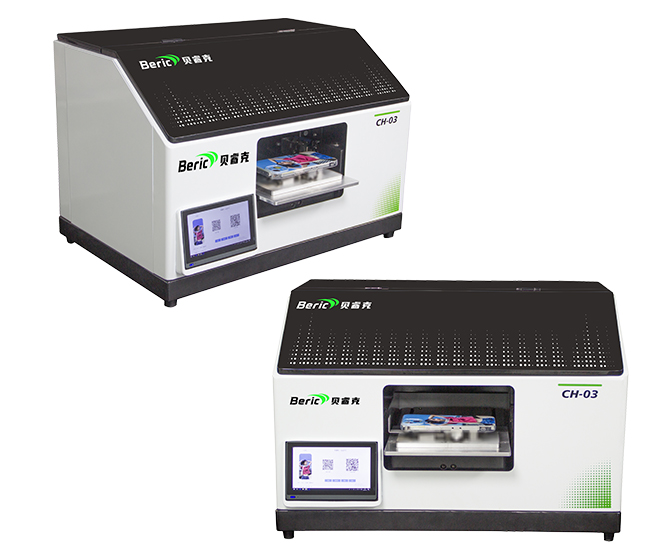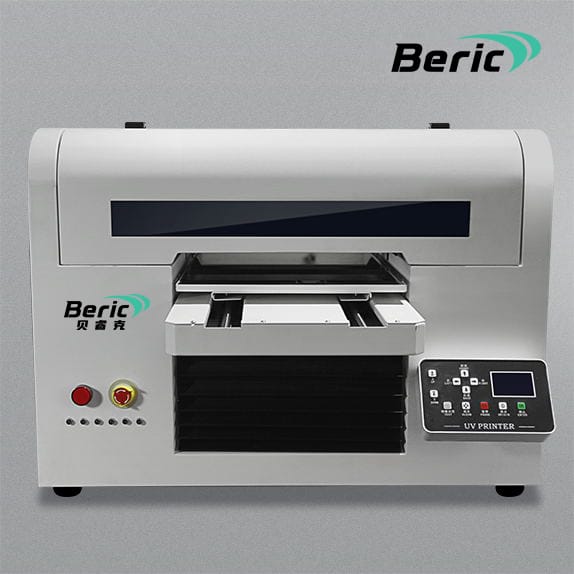Investing in a UV printer can be one of the smartest decisions for your business — whether you’re in advertising, packaging, home décor, or custom manufacturing.
However, with so many models, print sizes, and configurations available in 2025, choosing the right UV printing machine can be confusing, especially for first-time buyers.
The truth is, not all UV printers are created equal. Different machines are designed for different needs — from small-scale customization to high-volume industrial production.
To help you make the right investment, let’s explore the top five things you should consider before buying a UV printer in 2025.
1. Understand Your Business Needs First
Before comparing specifications or prices, take a step back and clearly define what you want to print and how often you’ll print.
Ask yourself:
-
What types of materials do you plan to print on? (wood, acrylic, glass, plastic, metal, leather, etc.)
-
What is your average production volume?
-
Do you need to print flat objects only, or cylindrical items as well?
-
Are you focusing on mass production or customized small orders?
For example:
-
A desktop UV printer (A3 or A2 size) might be perfect for startups or gift customization studios.
-
A large-format UV flatbed printer is ideal for signage factories or décor manufacturers.
-
If you produce bottles or mugs, make sure the printer supports rotary printing or has an optional attachment.
Understanding your target market and printing purpose will help narrow down your options — saving you both time and money.
2. Check the Print Quality and Ink System
The heart of every UV printer lies in its printhead and ink system. These two components determine the resolution, color vibrancy, and durability of your output.
In 2025, most professional UV printing machines use industrial-grade printheads such as Epson, Ricoh, or Kyocera. Here’s what you should look for:
-
Resolution: For fine details, go for printers with at least 1200 DPI or higher.
-
Ink Configuration: Choose a machine that supports CMYK + White + Varnish. White ink allows you to print on dark or transparent materials, while varnish can add gloss or 3D embossed effects.
-
Ink Circulation System: Modern UV printers include an automatic white ink circulation system to prevent clogging and reduce maintenance costs.
-
Color Management: Look for advanced RIP software that provides ICC color control and supports layered printing.
Pro tip: Before purchasing, always ask for sample prints on materials similar to what you’ll be using. This gives you a real sense of color accuracy and texture.
3. Machine Size, Build Quality, and Production Speed
A impresora UV plana tradicional is a long-term investment, so you want a machine that’s both stable and built to last.
-
Build Quality: Check if the printer frame is made from heavy-duty steel or aluminum. A solid body minimizes vibration, ensuring stable print quality over time.
-
Print Area: Choose a print bed size that matches your product dimensions. Oversized equipment may waste space and electricity, while undersized machines can limit production.
-
Speed vs. Resolution: Faster isn’t always better. Some machines offer “high-speed mode,” but at the cost of reduced resolution. Decide whether you need more speed or more detail based on your market.
-
Maintenance Accessibility: Ensure that ink tanks, printheads, and filters are easy to access and replace. A user-friendly design reduces downtime and training costs.
For industrial use, consider a printer with multiple printheads or dual carriage systems — they can significantly boost productivity without sacrificing quality.

4. After-Sales Support and Spare Parts Availability
This is one area many buyers overlook until problems occur.
No matter how advanced your UV printer is, you’ll eventually need technical support, software updates, or spare parts.
Before placing your order, ask the supplier:
-
Do you provide online or on-site technical training?
-
How fast can spare parts be delivered if something breaks?
-
Do you offer remote troubleshooting via software?
-
Is there a local distributor or service center in my region?
A reliable UV printer manufacturer will always provide:
-
Detailed English manuals and tutorial videos
-
Free remote guidance and online updates
-
Quick delivery of replacement parts
-
Lifetime technical support
In the printing business, downtime is money. So it’s worth paying a little extra for a machine backed by solid support.
5. Total Cost of Ownership — Not Just the Price Tag
Many new buyers make the mistake of choosing the cheapest printer they can find, but the real cost of ownership includes much more than the machine price.
Here’s what you should consider:
-
Ink consumption: Some printers use more ink due to inefficient printhead control.
-
Maintenance costs: Cheaper machines often require more frequent cleaning and replacement of components.
-
Electricity usage: LED UV lamps are energy-efficient — make sure your printer uses them instead of old mercury lamps.
-
Software and upgrades: Confirm whether future software updates are included or require extra fees.
-
Spare parts: Check if replacement printheads and filters are affordable and readily available.
Remember: a slightly higher upfront cost for a reliable machine can save you thousands in maintenance and wasted materials over the years.
Bonus Tip: Look for Real Customer Reviews and Demonstrations
Before making your final decision, take time to check real-world user experiences. Many UV printer manufacturers can offer live online demonstrations or video samples of the printer in action.
You can also read testimonials or visit their client case studies page to see how other businesses use the machine.
If possible, request a sample print test using your own design file. This is the best way to verify the machine’s output, color consistency, and material compatibility before purchasing.
Buying a UV printer in 2025 is not just about adding a new machine — it’s about upgrading your entire production capability.
A good UV printer can help your business move faster, reduce costs, and unlock new creative opportunities in product design, packaging, and branding.
To summarize, here are the five key things to remember:
-
Understand your business needs clearly
-
Check the printhead, ink system, and sample quality
-
Evaluate build quality, machine size, and production speed
-
Ensure strong after-sales service and spare part support
-
Calculate the total cost of ownership, not just the purchase price
Choose a UV printer that fits your goals — not just your budget.
With the right partner and the right machine, you can turn ideas into products faster, more efficiently, and more profitably than ever before.




